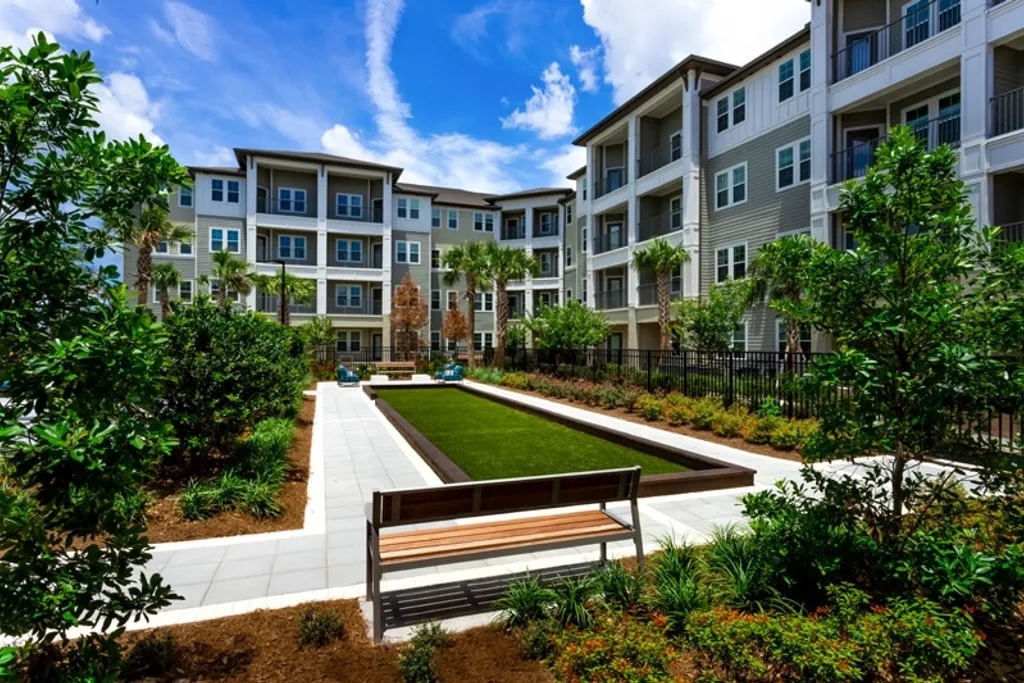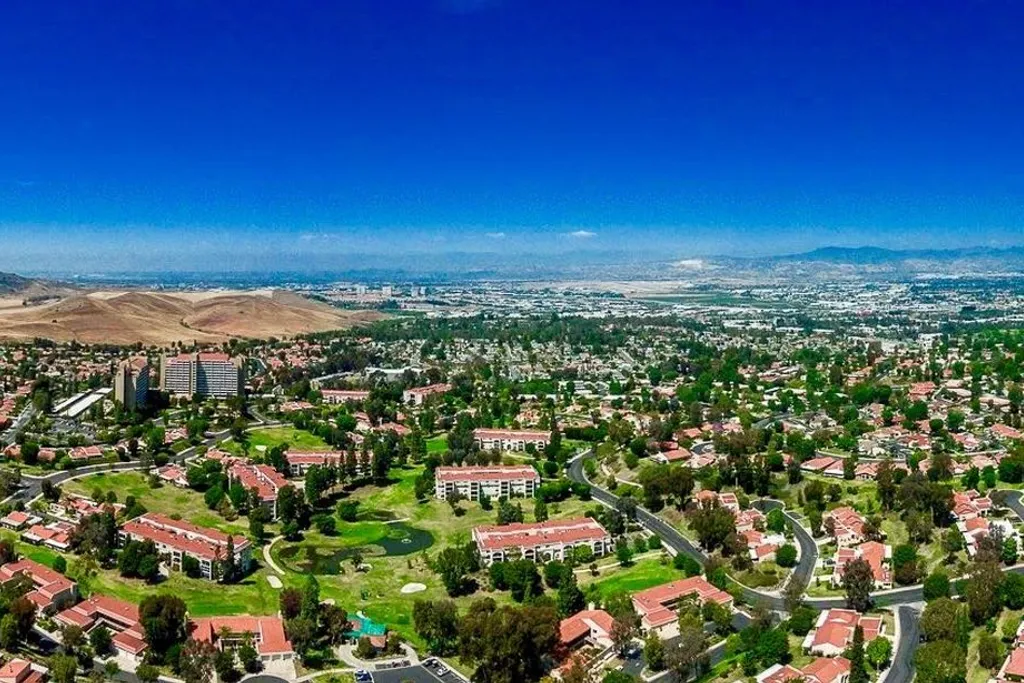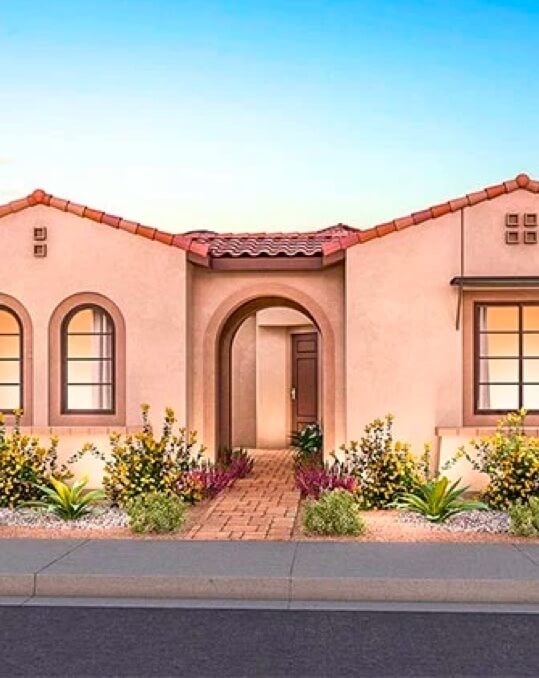For decades, 55+ communities have reshaped the retirement experience by offering active adults a unique blend of comfort, convenience, and community. Today, thousands of 55+ communities cater to the growing demand for well-designed homes, resort-style amenities, and a vibrant social atmosphere tailored to adults entering a new chapter of life. But with so many appealing features—from maintenance-free living to golf memberships—many prospective buyers wonder: how much does it cost to live in a 55+ community?
The answer varies widely based on factors like location, housing type, and lifestyle preferences. This comprehensive guide explores the full financial picture, from upfront home prices to hidden fees, to help you make an informed decision about whether age-restricted living is the right fit for your budget and goals.
Types of Active Adult Communities
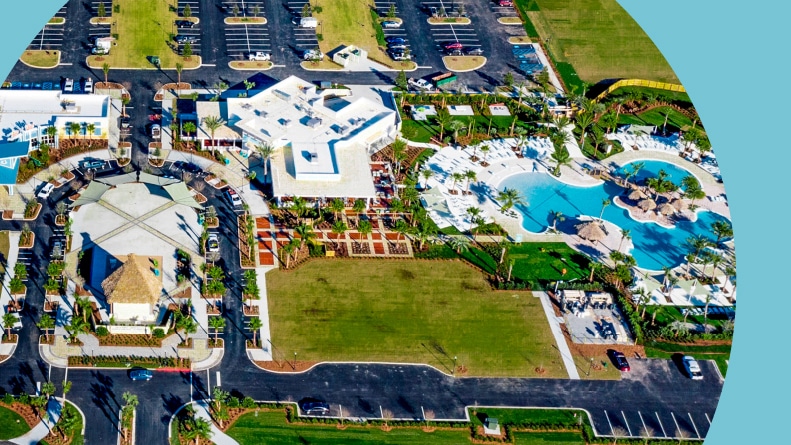
Active adults can find communities designed to meet their needs across the country, especially in retirement hotspots like Florida, Arizona, and Texas. With an abundance of communities to choose from and a dizzying array of home types and floor plans, it can seem a bit tricky trying to narrow down the options. Making the right decision for you begins with understanding the differences between common types of active adult communities.
Age-Restricted vs. Age-Targeted
The first distinction to make is whether a community is age-restricted or age-targeted. Age-restricted communities require that at least 80% of the homes are inhabited by someone who meets the age requirement, usually 55+ but sometimes 62+. These communities hold legal groundwork that allows them to enforce their age requirements.
On the other hand, age-targeted communities simply appeal to active adults but do not require a minimum age for residents. These communities often feature desirable amenities and floor plans but without an age requirement.
Rental vs. Ownership Options
Active adults seeking their next home can also decide between home rental and homeownership. Active adults can go the traditional route of purchasing a home with a mortgage, or they can opt for the rental route. Both choices have their advantages.
Renting an apartment or home in a 55+ community usually means that residents are not responsible for any interior or exterior maintenance, an ideal circumstance for those looking to travel. Renting comes with a straightforward payment each month without having to go through the rigmarole of purchasing a home, and most rental homes present a welcome opportunity to downsize from a larger home. Snowbirds also benefit from the opportunity to live in a short-term rental.
Owning a home in an age-restricted community means you can do with it what you wish as long as your personalizations and customizations stay within the parameters of the homeowners’ association (HOA). Homeowners in 55+ communities maintain home equity and ownership in a neighborhood, which often leads to a greater sense of stability. Monthly fixed mortgages don’t tend to rise in price, so homeowners do not have to worry about potential rent increases.
New Construction vs. Resale Communities
Active adult community developers continuously build new 55+ communities across the country, offering active adults the exciting opportunity to become the first residents of a new construction home. Buyers can work with developers to customize their home by choosing a plan from a selection of options before personalizing it with add-ons and special features.
For those looking to skip the process of having to design and wait for a new home, there are plenty of opportunities for resale homes. Resale homes often come with a far more affordable price tag, giving buyers the benefits of the community at a more reasonable cost than new construction.
Cost Impact
When it comes to how much it might cost to live in a 55+ community, the answer is the same if you were to consider houses outside of age-restricted neighborhoods: it varies greatly. The overall cost consists of several factors, including location, square footage, local taxes, and community fees.
With that being said, homes in age-restricted communities could be considered a better value than those in traditional neighborhoods because of the amenities, activities, and maintenance. These benefits would cost more separately than they do together. The well-rounded benefits of a 55+ community also encourage a healthier, enjoyable lifestyle for active adults. Age-restricted communities can also be found in areas with low property taxes due to the lack of schools that require funding from said taxes.
Upfront Costs to Expect

Current homeowners and first-timers alike should know that buying a home comes with several costs and fees. However, purchasing a home in a 55+ community can include additional financial considerations that even experienced homeowners may not know about. The 55+ housing market constantly changes year by year, making it more important than ever to stay up-to-date on current trends.
Home Purchase Price
Several factors contribute to the purchase price of a home, especially its location. The market conditions in any given area constantly rise and fall, meaning that the purchase price of a home can fluctuate over time. Active adults purchasing a home in one of the country’s best buyer’s markets will likely receive a much better bang for their buck than in one of the country’s toughest markets.
The purchase price of homes in 55+ communities tends to be cheaper than those in the non-age-restricted neighborhoods within the surrounding area. Age-restricted communities cater to a smaller target audience of homebuyers, automatically causing lower demand than if any adult of any age could buy a home in the community. Since many communities come with self-sufficient facilities and entertainment, they may also be in non-popular areas away from things like schools. While active adults can certainly find exclusive luxury 55+ communities, interested homebuyers can generally find more affordable homes.
Down Payment & Financing Costs
A down payment on a home is a lump sum of cash that buyers pay upfront towards the total cost of a home. It usually consists of a certain percentage of the overall home price and determines how much of the mortgage will need to be paid off every month.
Typically, down payments range from 3% to 20%. A higher down payment means a lower monthly cost, while a smaller down payment may incur additional fees depending on the source of the loan.
Putting a down payment on a home provides the buyer with equity, which essentially gives homeowners ownership of the portion of the home they have paid off. When homeowners are looking to purchase a new home, equity can be used as a down payment towards their new abode.
Closing Costs
Closing costs include all expenses paid in the purchase of a home other than the purchase price itself. There are quite a few possible closing costs, each ranging in price. Common closing costs for buyers include expenses like different types of insurances, appraisal fees, and prorated property taxes.
Traditionally, the sellers pay the commission for both their own and the buyer’s real estate agents, but recent shifts in the market have seen buyers paying for their own agents. Something else to keep in mind is that closing costs are popularly used as bargaining chips and can be used to negotiate overall expenditures.
HOA or Community Initiation Fees
Another upfront cost to expect when purchasing a home in an active adult community is an initiation fee. These fees are often a one-time payment for new residents of a community that integrates them into the homeowners’ association (HOA).
Depending on the community, these fees can range anywhere from $100 to an entire year’s worth of dues. Active adult homebuyers should take a close look at this expense before buying a home in a 55+ community to ensure they have budgeted for it appropriately.
Monthly and Recurring Expenses
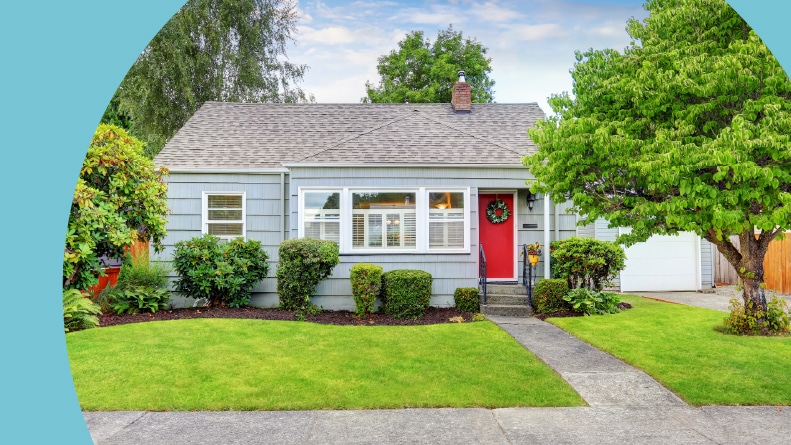
Any type of home in a 55+ community will come with monthly and recurring expenses, though the cost of these can range greatly depending on the community. Common recurring expenses in active adult communities include HOA fees, dock fees, golf membership fees, and landscaping fees. Residents may need to pay the community for shared utilities such as internet access, phone service, trash, and sewer costs. Residents should keep a comprehensive budget of what recurring expenses they’re responsible for to track what needs to be paid and when.
Homeowners’ Association or Condo Fees
Residents of 55+ communities more often than not pay HOA fees on a monthly or annual basis. HOA fees go towards the conveniences offered in a given community, including amenity upkeep, landscaping, lawn maintenance, exterior home maintenance, and security.
The tasks completed by HOAs vary from one community to the next, as does the actual amount homeowners pay each year. An easy way to determine if an HOA fee is a good value is to compare it to another community. There’s a good chance the services offered between communities will be somewhat comparable, providing a larger perspective on all that the fees can cover.
Property Taxes
Property taxes differ from state to state and even city to city based on values determined by a property assessor. An ongoing debate is whether 55+ community residents should pay less in property taxes. Some active adults in 55+ communities also believe they should not have to fund public schools since they are not directly using them.
Luckily, active adults can apply for several exemptions and breaks that help ease the burden of property taxes. Given all eligibility requirements are met, 55+ homeowners can benefit from exemptions like the Senior Citizen Homestead Exemption and the Senior Citizen Assessment Freeze Exemption, which prevents property tax rates from increasing.
Utilities
The cost of utilities depends on where you live, how much you use, and how well your home helps you save when the bill comes. Active adult community builders constantly innovate to make their homes as efficient as possible using smart home technology, advanced roofing materials, and modern windows. Still, active adults can save money by limiting how much energy and water they use.
Homeowner’s Insurance
A home is an important investment, and homeowners’ insurance protects that investment. Individual plans vary, but homeowner’s insurance can cover many claims, including fire damage, lightning damage, vandalism, personal property damage, and even health expenses if a non-resident is injured on the property. For those renting a home, renter’s insurance follows much of the same guidelines.
Homeowner’s insurance can also cover damage from natural disasters, though these rates could be high depending on the location of the home. For example, homeowners near lakes, rivers, or coastlines should expect to pay more for flood insurance, and those in the southeast can expect hurricane insurance to cost a good amount.
Clubhouse or Amenity Fees
The costs required to maintain clubhouses and amenities in a community are most often included in HOA fees, though special exceptions may exist. A community’s HOA or property management company more often than not ensures that common areas stay clean, operable, and enjoyable. These fees can also contribute to common area maintenance and community landscaping.
Lifestyle-Related Costs

Though the cost of upkeeping amenities and hiring lifestyle directors is often included in HOA fees, residents still may need to pitch in for elective services. Most of these lifestyle-related costs are completely optional and depend on individual interests and hobbies. For example, daily golfers may splurge for an annual membership to an exclusive golf club, while hobbyists might opt to pay the daily rate when they tee up every once in a while.
Activities and Social Clubs
Age-restricted communities famously include many diverse activities and social clubs for residents to enjoy. Some communities employ a dedicated lifestyle director to schedule and host a busy calendar of events to entertain homeowners. Clubs and activities provide exciting opportunities to hang out with neighbors and meet like-minded individuals.
Some activities might be included for residents, such as regular fitness classes, card and game nights, and dances. Other activities, especially those that take place outside of the community, might incur additional costs, such as going out to lunch, attending an opera or play, or visiting a festival.
Onsite Dining or Cafes
Larger 55+ communities may house restaurants and cafes for residents looking to eat out close to home. Depending on the community, these eateries can range from casual grills beside a golf course to upscale dining establishments with acclaimed chefs. Additional options may include a coffee bar or cafe where residents can pay for a quick barista creation.
For added convenience and savings, some low-maintenance communities offer monthly or annual dining packages. Residents enjoy the world-class benefit of fresh, delicious meals that feel like living in an all-inclusive resort.
Transportation Services
55+ homeowners sick of the hassle of driving may find their community offers transportation services around the community and the surrounding area. These services make getting to places like the airport or even the grocery store easy, but they sometimes come at a cost.
Fitness and Wellness Programs
The use of fitness centers, gyms, and yoga studios is often included in HOA fees, but extra classes and long-term wellness programs may come at an additional cost. From water aerobics classes to group yoga to bicycle clubs, residents typically have their choice of fitness activities that they may need to purchase supplies and equipment for.
Golf or Resort-Style Amenities
Some amenities require additional entrance or usage fees, the most common of these being resort-style amenities such as golf courses. Sometimes, residents of golf course communities will automatically be members, while other communities may require an additional membership fee. Other amenities like spas or nail salons may also cost the resident extra to visit and enjoy.
Hidden or Unexpected Costs

Not all the costs of homeownership are necessarily upfront and expected, even in 55+ communities. Active adults should keep some money aside for unforeseen expenses.
Special Assessments
Special assessments occur when HOAs or local governments collect funds from residents for special projects in the community. These may fund projects like repaving roads, upgrading boat docks, or renovating clubhouses. Though special assessments can cost residents upfront, the improvements may raise property values in the long run.
Interior Home Maintenance
Sometimes things in a home just break—it happens to everyone. From defunct water heaters to leaky sinks, homeowners should expect spending money on maintenance within their beloved abodes.
Pet or Parking Fees
Certain fees for expenses like pets and parking may not be immediately apparent when considering a home in a 55+ community, but interested buyers can find them with a bit of digging. Take a close look at HOA guideline manuals or ask a community representative to discover more hidden costs.
Upgrade Packages in New Builds
55+ community developers often include customizable floor plans for active adults to personalize their dream home. The upgrades on base model homes come with a cost, though, so home buyers should expect to pay more for additions like fireplaces, covered patios, second-story lofts, three-car garages, and finished basements.
Real-Life Cost Comparisons or Case Studies
So, how much does it cost to live in a 55+ community? To consider the full financial landscape, we’re breaking down realistic expenses at three well-known age-restricted communities.
While these average expenses offer clearer insight into the real cost of living in a 55+ community, keep in mind that housing and real estate prices fluctuate. Also, HOA fees often vary widely depending on home type and provided maintenance.
On Top of the World – Ocala, FL
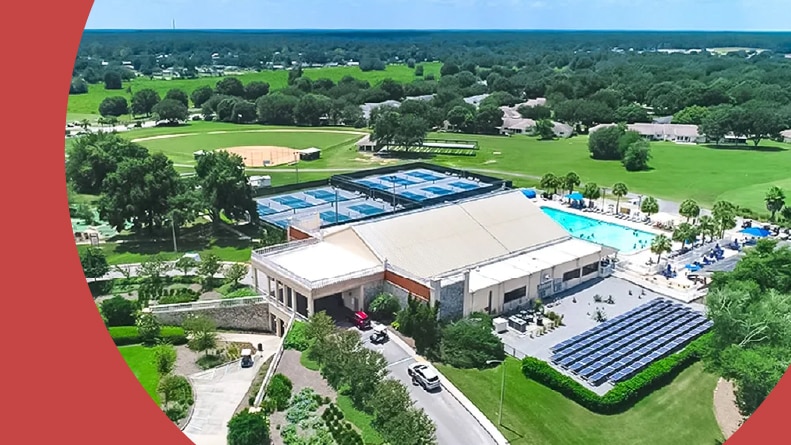
- Home Purchase Price: Low $100ks – High $600ks
- Property Taxes: $2,150 – $8,048 per year
- Homeowners Association (HOA) Fees: $524 per month
- Cost of Living in Ocala: 13% below the national average
- Golf: Annual fees for On Top of the World Golf Club (two private 18-hole courses): $4,450 single/$6,740 couple. Annual fees for World Golf Membership (access to On Top of the World Golf Club and Candler Hills Golf Club): $5,395 single/$8,135 couple. Daily resident rates range from $19-$58.
- RV, Boat, & Trailer Storage: Monthly rates range from $75-$350 for RV, boat, and trailer parking and $45-$200 for personal storage units.
Sun City – Sun City, AZ
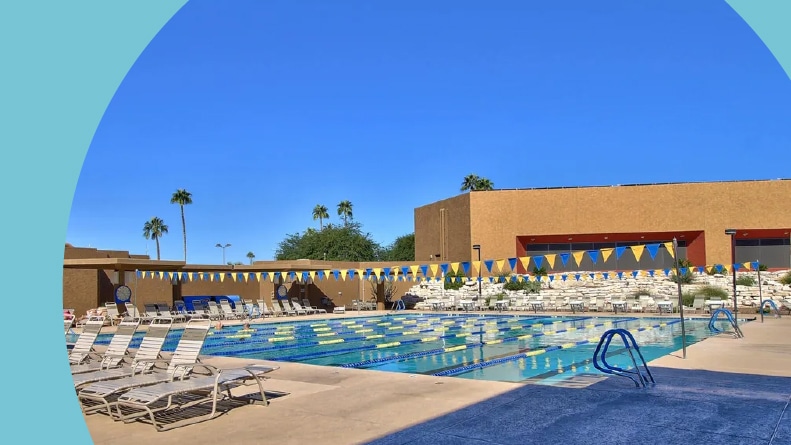
- Home Purchase Price: Below $100k – Low $1Ms
- Property Taxes: $349 – $4,084 per year
- Homeowners Association (HOA) Fees: $227 – $1,725 per month
- Cost of Living in Sun City: 13% higher than the national average
- Property Assessment Fee: $650 per year
- Golf: Annual pass for access to eight courses is $2,500 per resident; alternatively, an annual pass with surcharges costs $1,200 plus $5-$9 per play. Daily green fees for residents range from $14.75-$61.50.
Latitude Margaritaville Hilton Head – Hardeeville, SC
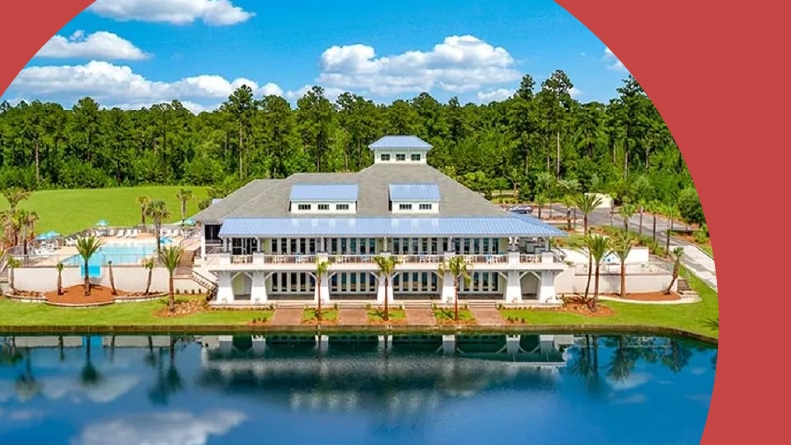
- Home Purchase Price: Mid $300ks – Mid $800ks
- Property Taxes: $2,400 – $4,880 per year
- Additional Fees Due at Closing: A Working Capital Contribution equal to 1/6 of the home’s annual base assessment; $100 donation to Latitude at Hilton Head Foundation.
- Homeowners Association (HOA) Fees: $322.80 – $368.25 per month
- Cost of Living in Hardeeville: 13.8% lower than the national average
Final Thoughts
Understanding how much it costs to live in a 55+ community goes far beyond home prices—it involves assessing recurring expenses, amenity fees, property taxes, and even lifestyle choices that affect your monthly budget. By exploring real-life examples and reviewing the various types of communities available, active adults can develop a realistic expectation of what to budget and plan for.
Whether you’re seeking an affordable, maintenance-free lifestyle or a high-end, amenity-rich retirement, there’s a 55+ community that fits your financial situation and vision for the future. To get started, connect with a real estate expert at 55places.com who understands the nuances of age-restricted living. With the right information and planning, you can confidently find a home that enhances your lifestyle without straining your finances.




